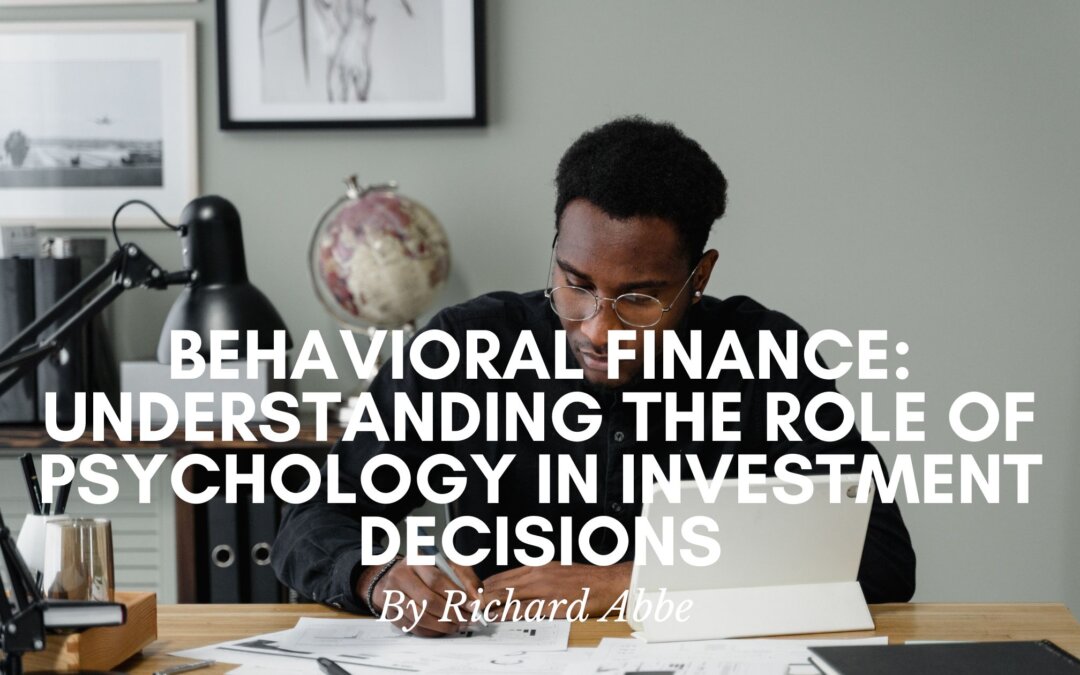Various factors, including economic indicators, market trends, and financial analysis, often influence investment decisions. However, an often overlooked aspect is the role of psychology in shaping these decisions. Behavioral finance investigates how psychological biases and emotions impact investor behavior and market outcomes.
Understanding Investor Behavior
Traditional finance theory assumes that investors are rational and make decisions based solely on maximizing their wealth. However, behavioral finance recognizes that humans are not always rational and can be influenced by cognitive biases, emotions, and social factors.
Psychological Factors in Investment Decisions
- Overconfidence Bias: Investors often overestimate their abilities and tend to be overly confident in their investment decisions. This bias can lead to excessive trading, ignoring risks, and poor portfolio diversification.
- Loss Aversion: People generally experience a more robust emotional response to losses than gains. Loss aversion can lead investors to keep losing investments for too long, refusing to sell and cut their losses.
- Herd Mentality: Investors follow the crowd and make decisions based on what others are doing. This herd mentality can lead to market bubbles, irrational exuberance, and panic selling during market downturns.
- Anchoring Bias: Investors often rely heavily on recent or well-known information when making decisions, anchoring their judgment to a specific reference point. This bias can prevent them from fully considering new information and adjusting their strategies accordingly.
- Confirmation Bias: Investors tend to seek out information that confirms their existing beliefs and ignore contradictory evidence. This bias can lead to a narrow perspective and hinder objective decision-making.
Implications for Investors
Understanding the impact of psychology on investment decisions is crucial for investors. Investors can make more informed and rational choices by recognizing and managing psychological biases. Here are some strategies to mitigate the influence of behavioral biases:
- Education and Awareness: Learn about common cognitive biases and their impact on investment decisions. Self-awareness is the first step towards overcoming biases.
- Diversification: Build a well-diversified portfolio to mitigate risks associated with individual investments. Diversification helps reduce the impact of emotions on decision-making.
- Long-Term Perspective: Adopt a long-term investment horizon and avoid making impulsive decisions based on short-term market fluctuations.
- Consult Professionals: Seek advice from financial advisors or professionals who can provide an objective perspective and help navigate market volatility.
Conclusion
Behavioral finance sheds light on the complex interplay between psychology and investment decisions. Recognizing the role of psychological biases and emotions can enhance investors’ decision-making processes and lead to better long-term outcomes. Investors can make more rational and objective investment decisions by understanding shared preferences, staying informed, and employing strategies to mitigate their influence. Integrating behavioral finance principles can contribute to a more prosperous and resilient investment journey.

